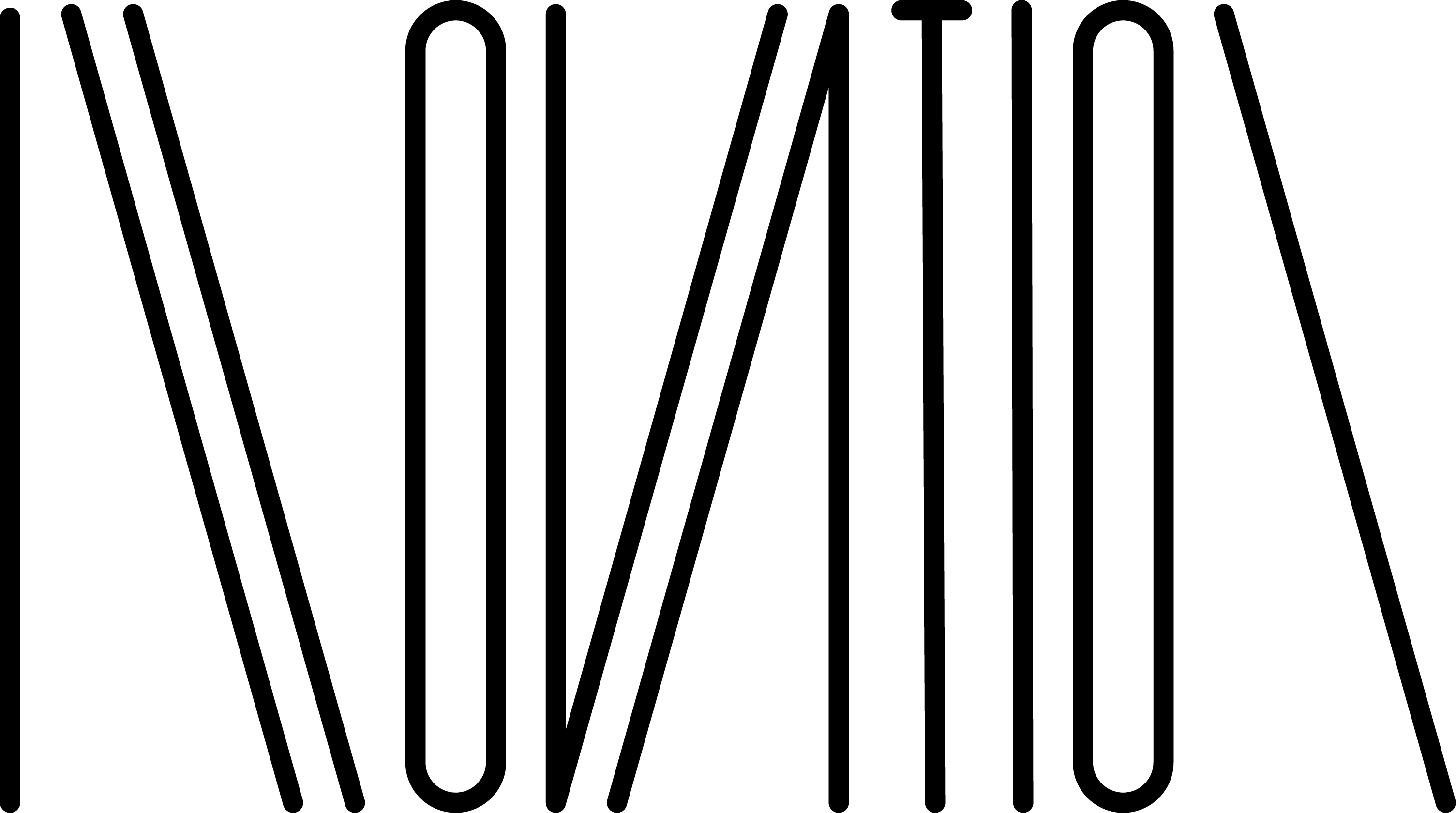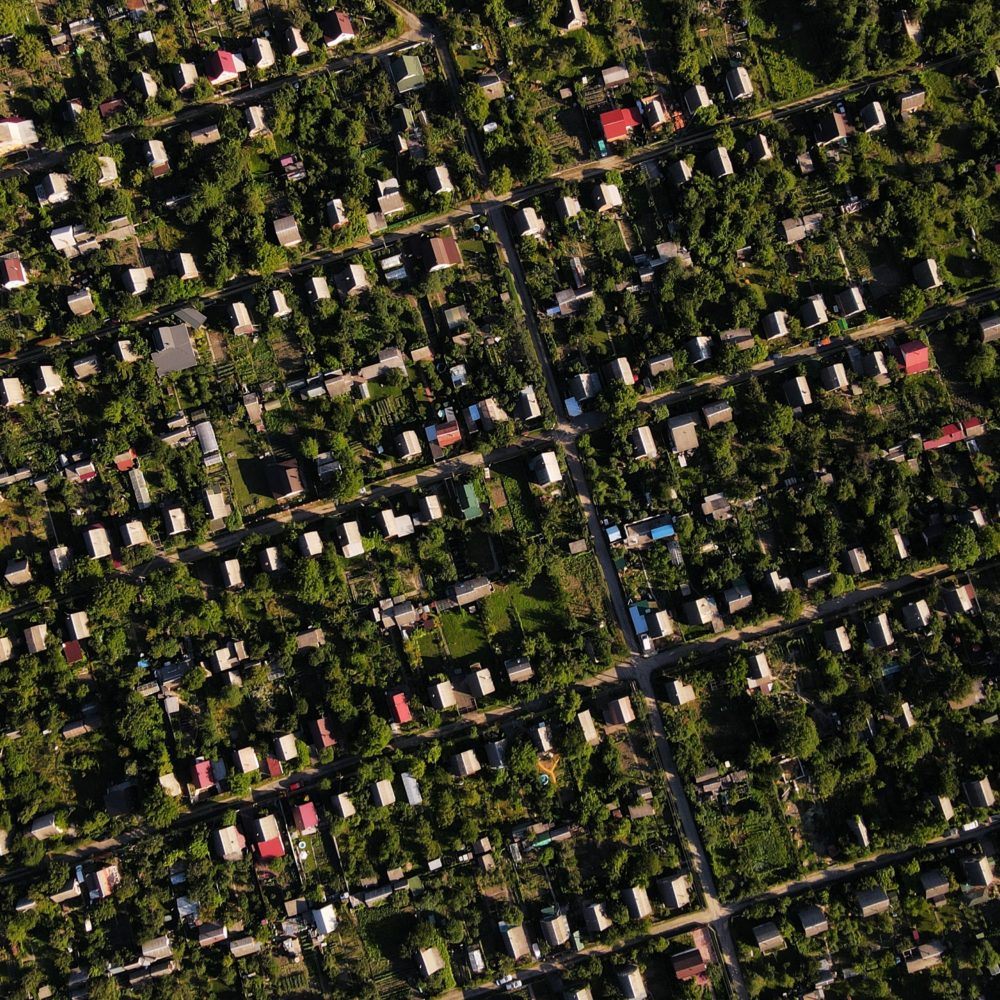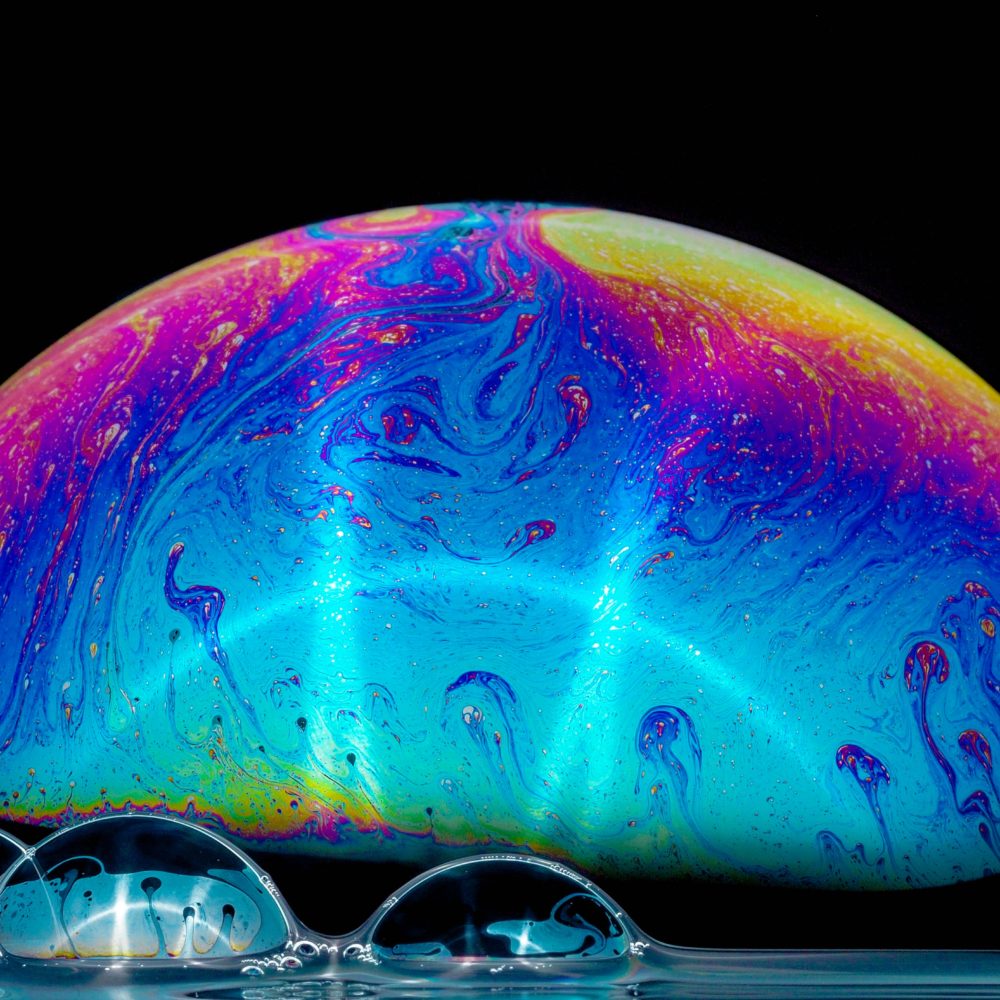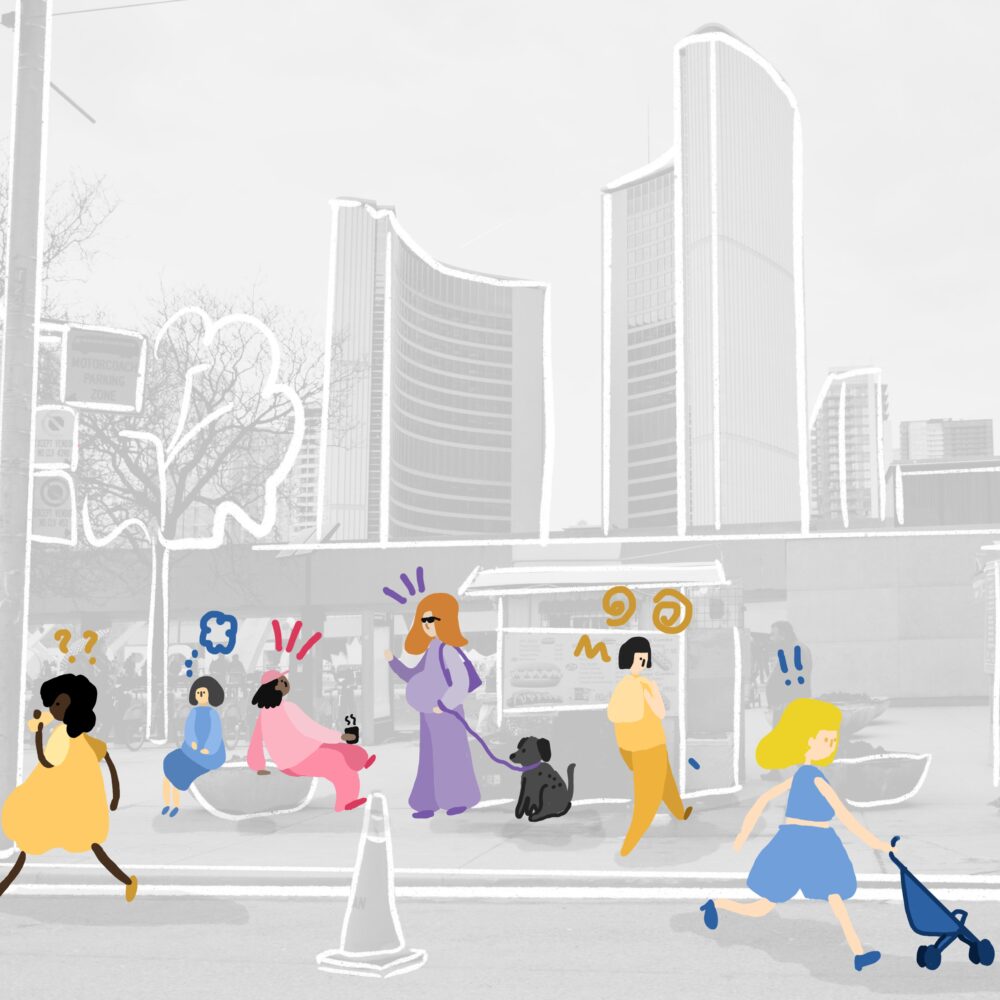What’s the Future of Transit in a Self-Driving-Car World?
Hazel Scher, Dan Berez
Fall 2017

The two colleagues—who have spent their entire careers at transportation and planning consultancy Nelson\Nygaard, part of our firm since 2016—were well versed in emerging mobility solutions. They saw an opportunity to expand the dialogue. “There was a need to to cement a point of view,” says Hazel, a principal in the Los Angeles office.
“It was really good to have a space where we could take something that we might not have been able to explore for a client and dive in. This was reconceptualizing conversations that were already happening—but it allowed the conversation to be had a bit differently.”
― DAN
“A lot of that conversation [around autonomous vehicles] was being guided by people who were more focused on the technology and less focused on the actual implications of the technology,” says Dan, a senior associate based in Boston. And so the pair applied for an Innovation Incubator grant—pitching it as a follow-up to a piece on Autonomous Vehicles and Parking—to codify best practices and considerations for transit in a self-driving-car world.
The central premise is that transit is the best way to accommodate growth in the demand for mobility; as such, it must be considered in context with autonomous cars.
As urban centers continue to grow, roadway congestion will too. However, as Hazel and Dan explain in the report, “cities and departments of transportation can give transit a competitive edge over other modes through transit priority treatments.” Think: peak-period bus-only lanes, like the ones piloted in Santa Monica, California, and Everett, Massachusetts—two case studies featured in the report.
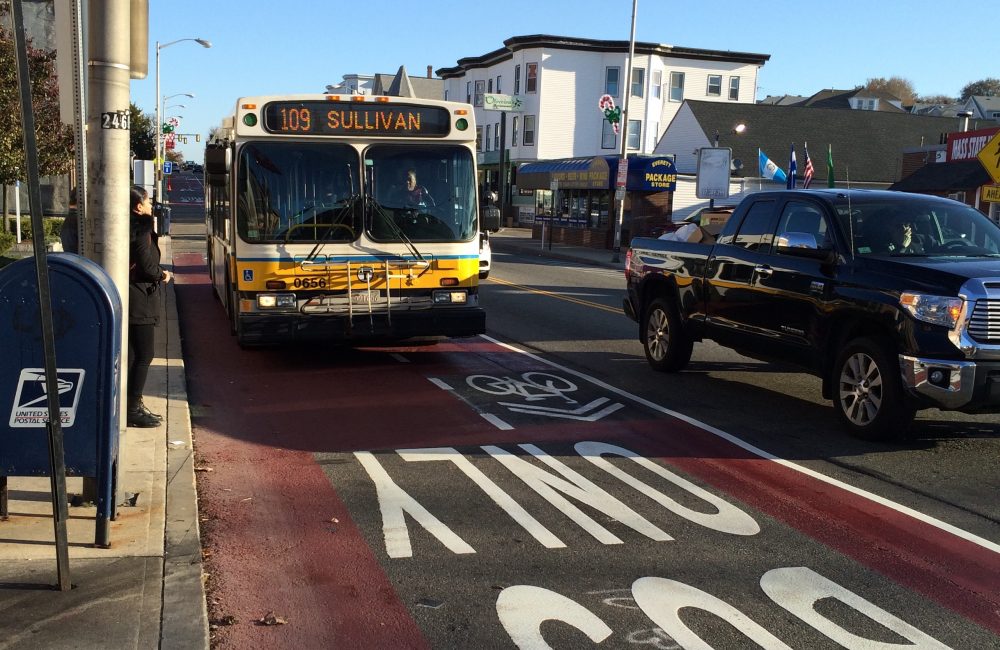
Photo Credit: Jay Monty, City of Everett
Click here to view the full report on Nelson\Nygaard’s website.
How does this all connect to autonomous vehicles? Typical transit provides an “inferior customer experience” to personal vehicle travel. And transit’s experiential advantage over cars—that it allows for reading and checking email—will be under threat with the advent of self-driving vehicles.
At the same time, if transit vehicles become self-driving, there’s an opportunity to reduce operating costs and reinvest the savings to increase frequency and improve the transit experience. Here we’re reminded it’s all about the transit ecosystem.
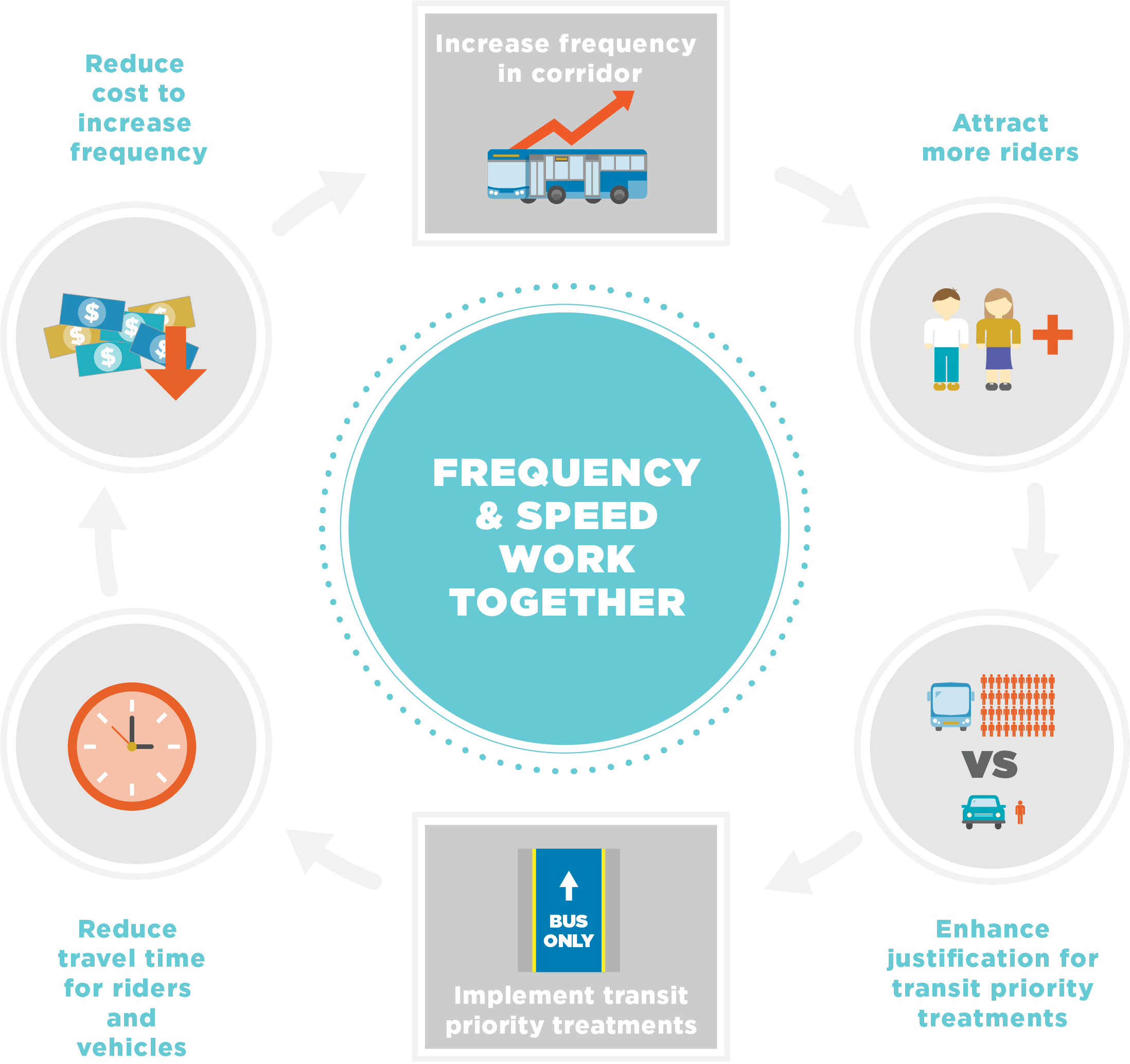
Jungwha Yuh of our Los Angeles office helped articulate the report’s concepts, including the virtuous cycle (above) and future of transit (below).
The report outlines the potential for a virtuous cycle—a “positive feedback loop that invests available resources in frequency improvements, which attracts more riders, justifies transit priority treatments to improve speed, which in turn attracts more riders and also lowers the cost of increasing frequency due to shorter cycle times.”
The approach was oriented toward what you can do today—starting with transit agencies and city departments partnering up—that will help prepare for the technology of tomorrow. “We have the ability now to create really good infrastructure to support those new technologies, no matter when they come,” adds Hazel.

Innovation Incubator enabled bi-coastal collaboration on a shared goal.
What was needed next was a strong deliverable that clearly and succinctly packaged the findings. Hazel and Dan’s colleague Jungwha Yuh leant her graphic design skills to the booklet, which included a perforated page with “Five Actions that Transit Agencies Can Take Today,” designed to be hung up like a poster. They would hand out the piece at networking events and often include it in proposals, using it as a conversation starter. Possibly as significant as the ideas it espouses, the booklet has served as a template for how to make information accessible to clients and other stakeholders.
“At Nelson\Nygaard, we have a bit of an advocacy component around encouraging clients to make decisions that prioritize traveling without cars. This was a really great opportunity for us to survey the landscape to help clients make informed decisions about how they design streets,” says Dan.
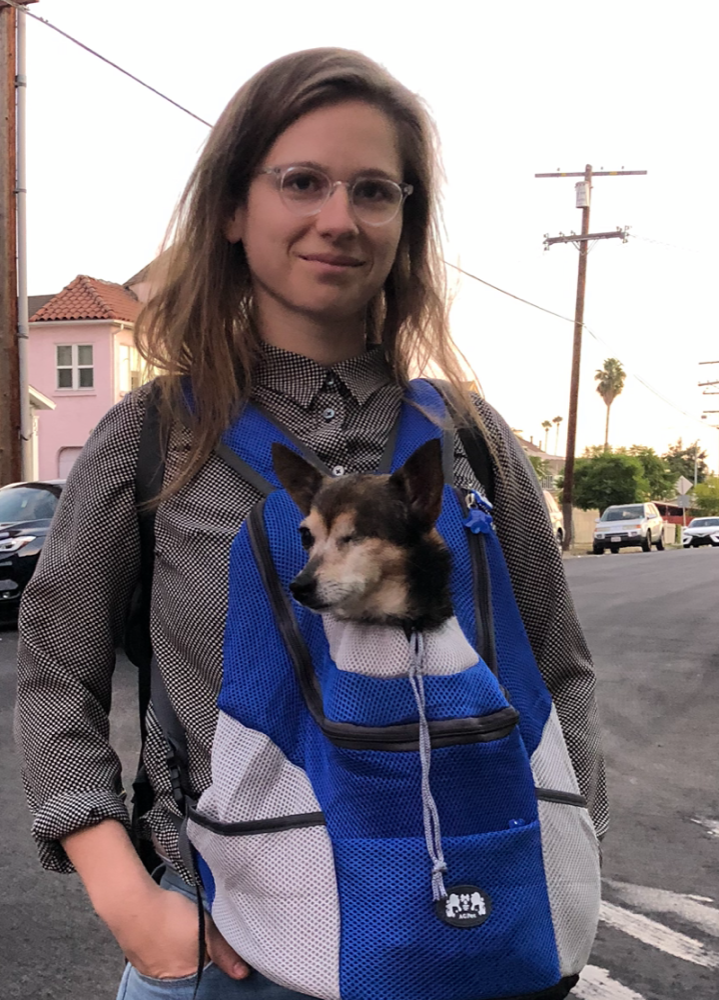
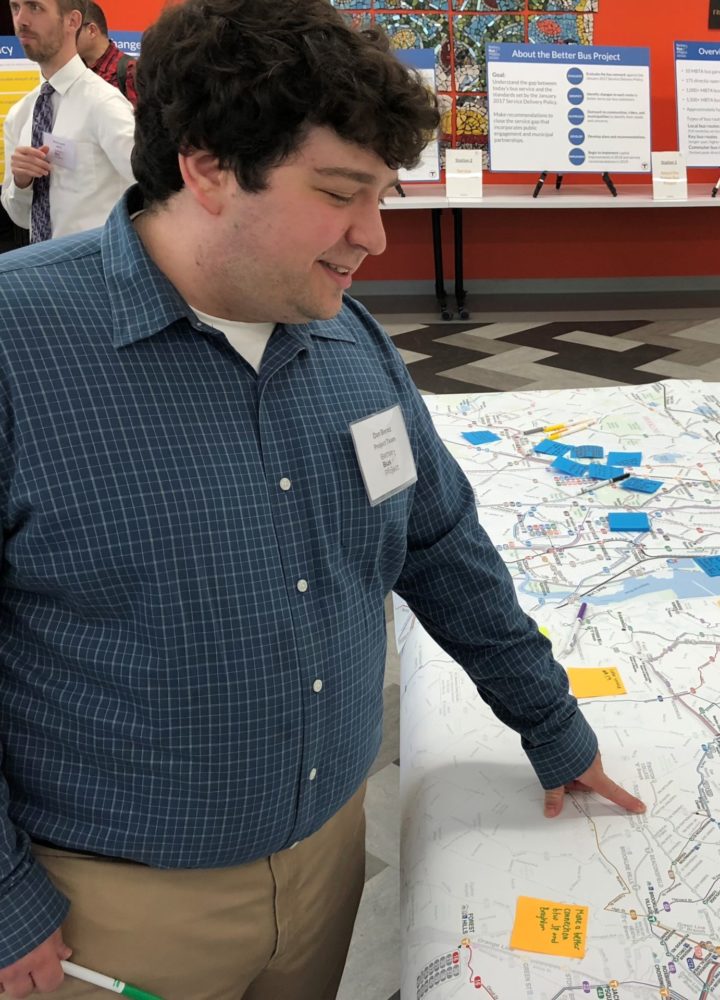
Hazel (top) and Dan (bottom)
Hazel (left) and Dan (right)
For the pair, Innovation Incubator enabled bi-coastal collaboration on a shared goal—taking knowledge from existing projects and creating a story and series of recommendations.
“It was really good to have a space where we could take something that we might not have been able to explore for a client and dive in,” says Dan. “This was reconceptualizing conversations that were already happening—but it allowed the conversation to be had a bit differently.”
More Stories
